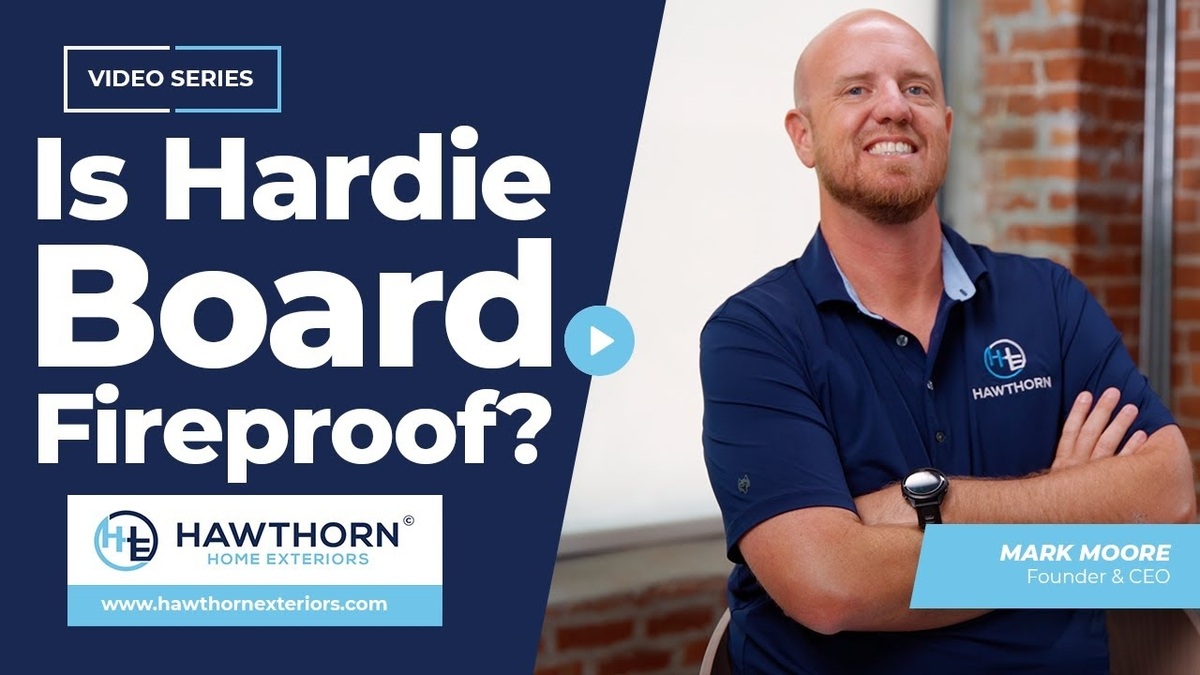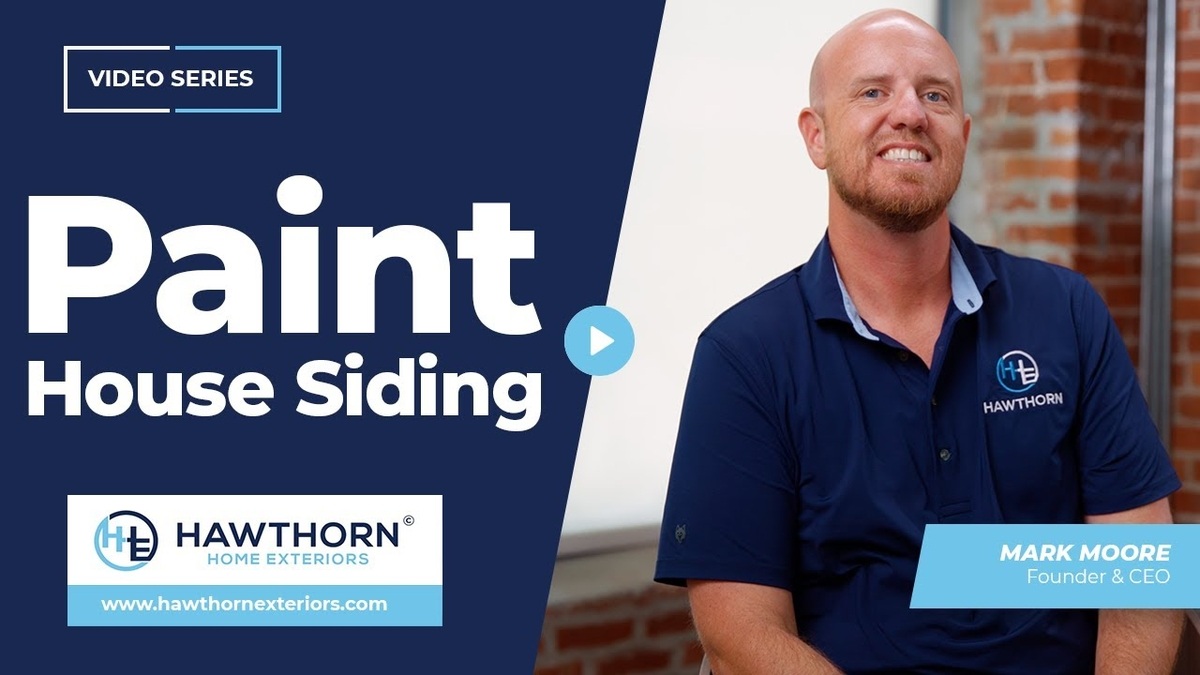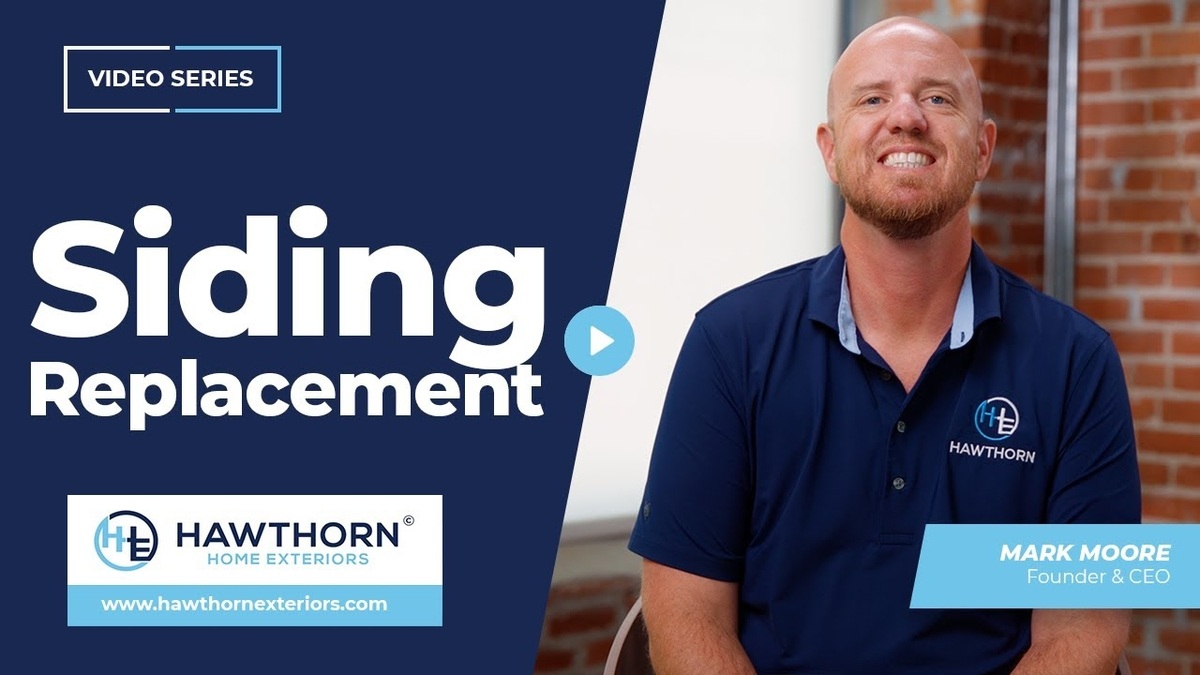Hardie Board is a durable siding material designed to resist moisture, but people often ask, is Hardie Board waterproof? The short answer is no. It is not classified as fully waterproof. In climates with frequent rain, humidity, or freeze-thaw conditions, understanding how the full system works is essential to preventing water intrusion.
The following section explains how Hardie Board performs when exposed to moisture, the role of proper installation in achieving water resistance, and how it compares to other siding options. With the right system in place, it can offer long-term protection against water-related damage.
Is Hardie Board Waterproof or Water-Resistant?
Hardie Board is not 100% waterproof. But it is highly water-resistant when installed correctly. The key is not just the product. It is the full moisture management system around it.
James Hardie products are made to resist water, rot, and swelling. But the real strength comes from how we install it:
- All old siding is removed to expose the bare wall (called the substrate).
- We apply a full weather barrier over the home.
- All seams are taped to seal out air and water.
- Around windows and doors, we add rubber flashing tape to block leaks.
- Then we install Hardie Board by attaching it tightly to the wall studs.
This complete system helps stop water from passing through your walls. It holds up well against heavy rain, humidity, and cold winters.
Key Takeaway: Hardie Board is water-resistant. But the real protection comes from the full system of barriers and flashing installed with it.
Why Moisture Management Matters in St. Louis
In our area, homes face high levels of moisture. That means your siding needs to do more than just look good.
Here are some problems seen with other siding types:
- Vinyl siding often lets water pass behind it.
- Pressed wood or Masonite absorbs water and can swell or rot.
- Poorly sealed gaps can let air and water seep into your walls.
When water gets behind your siding, it can damage the structure of your home. Mold, rot, and insulation problems often follow.
Pro Tip: Choose a siding system designed to handle our local weather. Not just any product that looks good on the surface.
Need expert help with the Hardie Board? Contact Hawthorn for a free consultation. Our team knows how to install it right, from the first layer to the final nail.
How Long Does Hardie Board Last?
The siding itself is built to last 50 years or more with proper care. It doesn’t break down easily. The flashing system helps keep water out for decades. There is one part of the system to check over time: the caulk.
- We use high-quality OSI Quad caulk that stays flexible and holds color.
- Most caulk lasts around 15 years.
- Around years 15 to 20, plan for a re-caulking of the corners, windows, and seams.
That small step helps keep the full system sealed and working like new.
Does Hardie Board Require Special Installation?
Yes. To get the full benefit of the moisture control system, it must be installed by a trained team. We follow the full process from start to finish. This includes:
- Weather barrier installation.
- Seam and cavity protection.
- Stud-level fastening.
- Seam flashing and window tape.
This isn’t just about putting up siding. It’s about sealing your home properly.
What Makes Hardie Board a Smart Long-Term Choice?
When you invest in Hardie Board, you’re getting:
- A durable siding that resists water and pests.
- A full sealing system to protect your home’s structure.
- A low-maintenance product with a long life span.
- A tested system built for tough weather. From heat to ice.
If you want peace of mind and lasting value, this is a smart upgrade.
In Summary
So, is Hardie Board waterproof? Not completely. But with the right system, it keeps water out better than most siding options. Between the weather barrier, flashing, and strong boards, your home stays dry and protected for decades.
Contact Hawthorn today to schedule a free quote. We’ll walk you through your options and show you how Hardie Board can work for your home.





